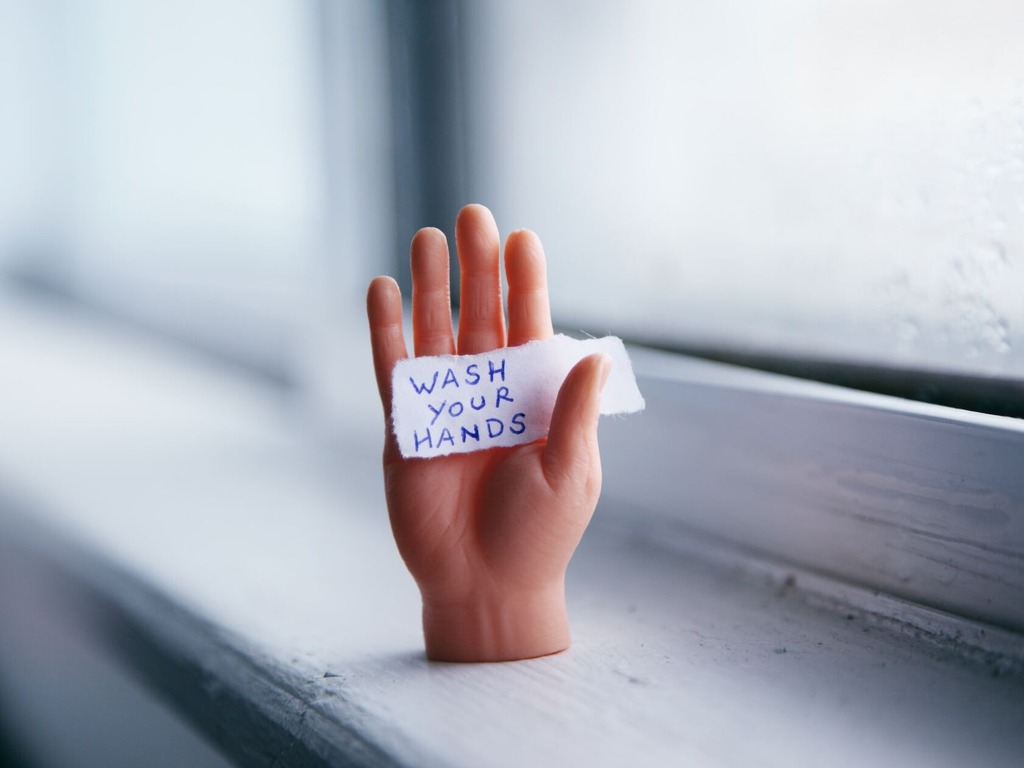Weak bladder, uncontrolled urine leakage, and incontinence can cause much distress. People dealing with incontinence may have wondered if incontinence underwear can cause urinary tract infections (UTIs).
The answer is it may not necessarily cause UTI, but the risk is there.
Hold on, before you run to the counter and start throwing all your supplies, hear us out. There’s more to that, and we will cover them for you.
Incontinence underwear and pads help to contain urine leakage until you reach the washroom, thus reducing odor and keeping your skin dry. They are also used to protect you from accidents, allow you to run errands, and still do the things you ‘normally‘ do.
But when the underwear becomes soiled, it can be a potential breeding ground for bacteria. When you put on soiled panties, briefs, and pads, there’s a huge risk of bacteria entering your urethra and causing infection.
Bacteria thrive in moist environments – precisely when urine is not changed quickly after an accident or when the underwear is not washed regularly.
Understanding Incontinence Underwear
Incontinence products like briefs, pads, liners, and protective underwear are designed to absorb urine leakage. They should be changed immediately after an accident or when wet/soiled.
It is crucial to get the right size of incontinence underwear to achieve its full potential. Not only the size, but you should also consider the absorbency level and material type when selecting them.
These products are expertly designed to help manage incontinence and ensure the user’s comfort. It is also helpful to choose those with odor-control features for extra protection.
Types of Incontinence Products and Where To Best Use It
From adult taped diapers to pull-ups, liners, pads, bariatric, and more, different varieties of incontinence products are available. Even waterproof bed coverings can keep mattresses dry and protect against skin breakdowns.
The right product will depend on the individual’s needs, such as activity level, age, body size, and severity of leakage. While some may prefer a combination of products, others may find that one type suits their needs best.
- Pull-ups: These are like regular underwear but with incontinence features. It is designed for active people who need more freedom to move around. They provide maximum security and comfort as they fit closer to the body than diapers or briefs.
- Briefs/Diapers: This product type can be adjusted based on the user’s requirements. It provides extra protection against leakage and is excellent for those who need maximum absorbency.
- Liners/Pads: These are best used with regular underwear to protect against mild leakage. It is an excellent choice for those who have light incontinence issues.
- Bariatric diapers: These are designed to fit larger bodies, providing maximum security and comfort.
Research shows that incontinence products such as briefs, diapers, and pull-ups are more effective in preventing urinary tract infections than pads and liners. This is because they provide better absorbency.
According to the Centers for Disease Control and Prevention (CDC), choosing incontinence products is essential for your specific needs. It is also necessary to keep them clean and dry and replace them immediately after accidents or when they become wet/soiled.
Urinary Tract Infections [UTI]
Urinary tract infections occur when bacteria enter the urinary tract and multiply, causing pain, a burning sensation while urinating, pressure on your lower abdomen or back, foul-smelling urine, and cloudy or bloody urine.
UTI can easily be treated with antibiotics if caught early. But if left untreated, it may lead to severe complications such as kidney damage and sepsis.
Common causes of UTI include:
- Poor hygiene
- Not enough fluids
- Intercourse
- Pregnancy
- Certain medications
- Holding urine for too long
- Menstruation
Incontinence underwear can also significantly increase the risk of UTI if it is not changed regularly or when it becomes soiled. This is because of the moisture caused by urine leakage and the potential for bacteria to grow.
However, incontinence products come with fast-wicking Premium Blue Core technology to help absorb and wick away urine quickly. This helps keep the area dry and prevent bacteria from growing, reducing the risk of UTI.
With incontinence underwear that absorbs urine faster before it can cause skin irritation, you won’t have to worry about UTI.
Symptoms of UTIs
Although warning signs may indicate an infection, it is best to consult your healthcare provider for a diagnosis.
Common symptoms of UTI include:
- Burning or pain with urination
- Cloudy urine
- Frequent urination or urgency to go
- Blood in the urine
- Pelvic pain or lower abdominal discomfort
- Foul-smelling urine
- Fever or chills
If you experience any of these symptoms, it is essential to seek medical attention immediately.
Prevention And Treatment
When it comes to preventing UTI, there are several steps you can take. These include:
- Drinking plenty of fluids (water)
- Wiping front to back after urinating
- Urinating frequently
- Wearing clean cotton underwear
- Changing incontinence pads/underwear as soon as possible when wet or soiled
How Improper Use of Incontinence Products Can Lead to UTI
Incontinence products can provide protection and security from accidents, but they should also be used with caution. Here are some tips to keep in mind:
- Make sure the product is the right size and fit for your body
- Use the product according to the instructions
- Change the product as soon as possible when wet or soiled
- Wash and dry the product after every use
- Wear clean cotton underwear over pads/briefs to keep skin dry
- Avoid wearing tight clothing that may trap moisture and increase the risk of infection
Poor Hygiene Practices
Everything in contact with the genital area should be clean and dry. This includes changing pads or briefs regularly, using a mild soap to cleanse the skin, and drying thoroughly after washing.
Without proper hygiene practices, bacteria can build up and lead to infection. Wearing incontinence products for too long without changing them may also increase the risk of UTI.
Moisture And Bacteria Growth
Even an infant with a diaper rash can develop a UTI; the same goes for adults with incontinence issues. Urine leakage may cause skin irritation and provide an ideal environment for growing bacteria.
It is crucial to ensure your incontinence products are always dry and clean to reduce the risk of infection. When using reusable products such as briefs and diapers, washing them after every use is best.
Preventing UTIs While Using Incontinence Underwear
Dealing with incontinence is already difficult, so it is essential to take steps to prevent UTIs. You want to regain your control and quality of life, and this is where incontinence products like adult diapers, protective underwear, pads, liners, and other products are helpful.
To reduce the risk of UTI, it is essential to wear the correct size and absorbency for your needs. It is also important to change the product as soon as possible when wet or soiled. Wearing clean cotton underwear over pads/briefs can help keep skin dry and avoid bacteria buildup.
You can check out best-selling, highly absorbent, and high-quality incontinence underwear for more incontinence product options. They are designed to provide secure and comfortable protection against urinary leakage.

